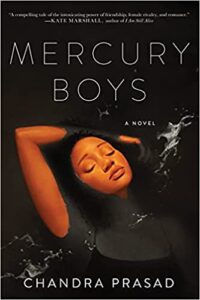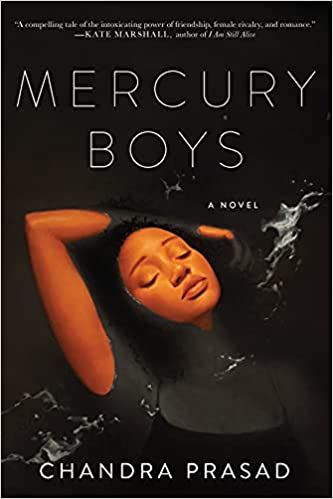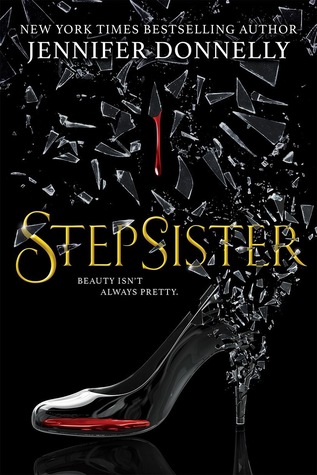 It is not often that one’s love of old-timey photography and YA come together. I’ve been a photographer for over two decades, and this is the first time I have read a novel that features one of my favorite types of long-lost photographs: the daguerreotype. This use of the rare and delicate photo process is the reason I was so excited to pick up and read this title.
It is not often that one’s love of old-timey photography and YA come together. I’ve been a photographer for over two decades, and this is the first time I have read a novel that features one of my favorite types of long-lost photographs: the daguerreotype. This use of the rare and delicate photo process is the reason I was so excited to pick up and read this title.
Mercury Boys follows the life of Saskia Brown, an Arizona native who relocated to Covington, Connecticut, after her parents divorced. She feels like an outsider at school but gets really interested in a particular project for her favorite class, Early American Innovation and Ingenuity. The class is researching pioneers, and Saskia draws the name of a photographer named Robert Cornelius (who is real, by the way). She is tasked with writing a paper and making a presentation in class, but Saskia ends up falling head-over-heels for Robert and, well… goes above and beyond.
I really, really, really wanted to love this book. The plot is so intriguing, and the idea is actually so original that I had high hopes. Unfortunately, the execution wasn’t great. Not to nitpick, but daguerreotypes are intensely fragile and are made of toxic metals (silver and mercury, to name a few), yet Saskia sleeps with Robert’s plate under her pillow? No, sorry, that doesn’t sit right with me. She would get metal poisoning, not have sexy encounters with the gentleman in the photo.
Aside from the disregard for the photograph itself, the characters were mostly unlikeable. The five teenage girls who fill out the main characters – Saskia, Lila, Paige, Sara Beth, and Adrienne – are one-dimensional; their actions are rarely justified or explained, or even warranted. They’re all sort of bullies toward Lila and use her endlessly, and she just… lets them.
Even though I did read an advance uncopyedited edition of the novel, it felt like a first draft. I would like to see an updated version of the story with the perspective updated (third-person limited is really tough for me – I find that I can’t connect to the character the way I want or need to), the relationship between the girls really fleshed out and deepened, and some of the woebegone moments cut. I think that Mercury Boys would be one hell of a story with some work; it just isn’t there yet. I could also very easily see this being adapted into a film. The concept truly is that strong and unique.
A copy of this book was provided by the publisher, Soho Teen, for review.


